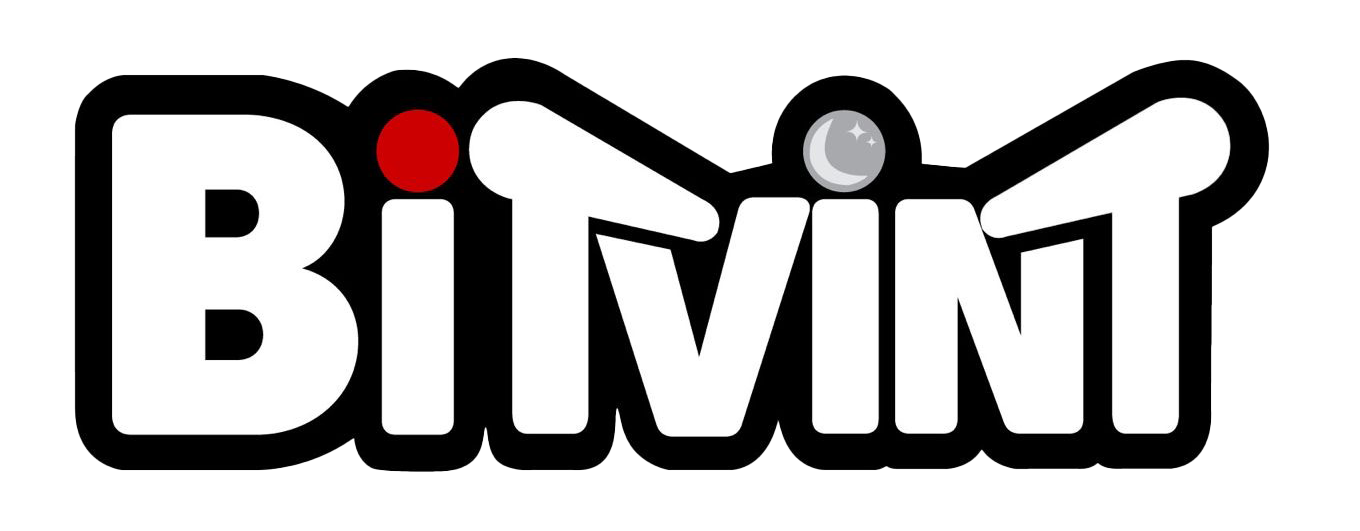Introduction
The Video Game Crash of 1983 was a pivotal moment in gaming history, marking the dramatic downfall of the once-thriving home console industry. What was once a booming market, dominated by companies like Atari, collapsed almost overnight, wiping out billions in revenue and forcing industry giants out of business. But what really caused the crash? And how did the gaming world recover? In this guide, we break down the key reasons behind the crash, its devastating impact, and how Nintendo revived the industry.
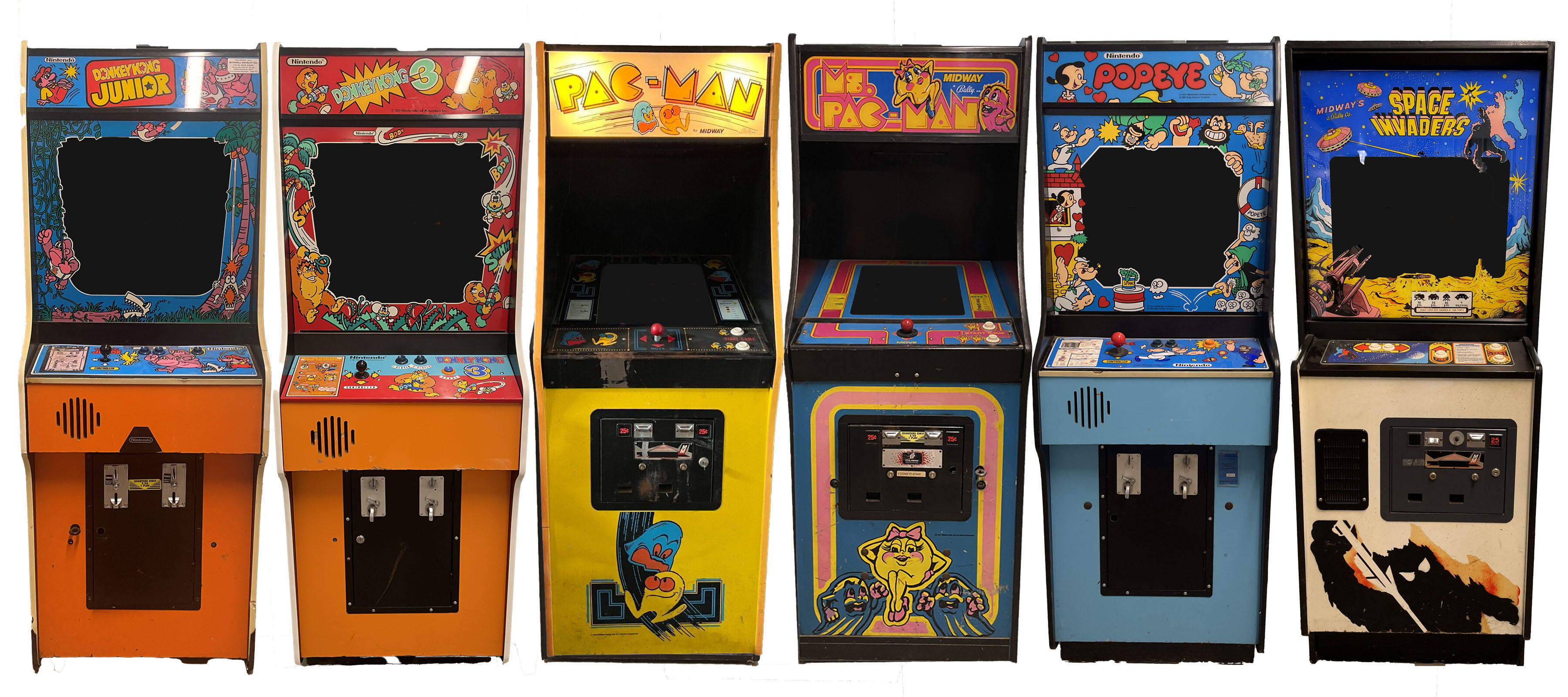
What Led to the 1983 Video Game Crash?
The crash was not caused by a single event but rather a combination of industry missteps, oversaturation, and shifting consumer preferences. Below are the primary factors that contributed to the collapse.
1. Market Oversaturation & Too Many Consoles
By the early 1980s, multiple companies flooded the market with home consoles, leading to intense competition. The Atari 2600, Intellivision, ColecoVision, and lesser-known systems like the Bally Astrocade all fought for consumer attention. This led to confusion and a lack of consumer loyalty.
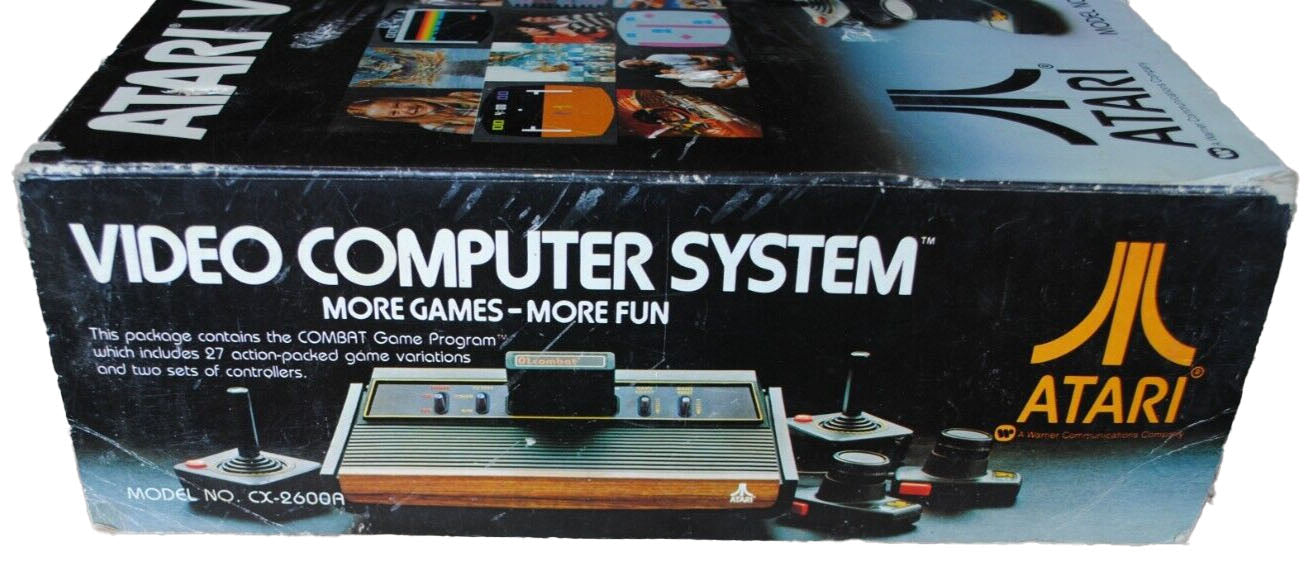
2. Poor Quality Games & Lack of Quality Control
A lack of regulation allowed low-quality, rushed, and unfinished games to flood the market. Unlike later consoles where games had to be approved by manufacturers, any developer could release a game for the Atari 2600 and other systems.
- E.T. the Extra-Terrestrial (1982) – Often cited as the worst video game of all time, Atari rushed this game to release in just five weeks to meet holiday demand. The result? A confusing, unplayable mess that led to mass returns.
- Pac-Man (Atari 2600) – The home console port of Pac-Man was a massive letdown, featuring flickering graphics, poor sound effects, and altered gameplay that disappointed fans.
These and other low-quality titles flooded the market, making consumers skeptical about new releases.
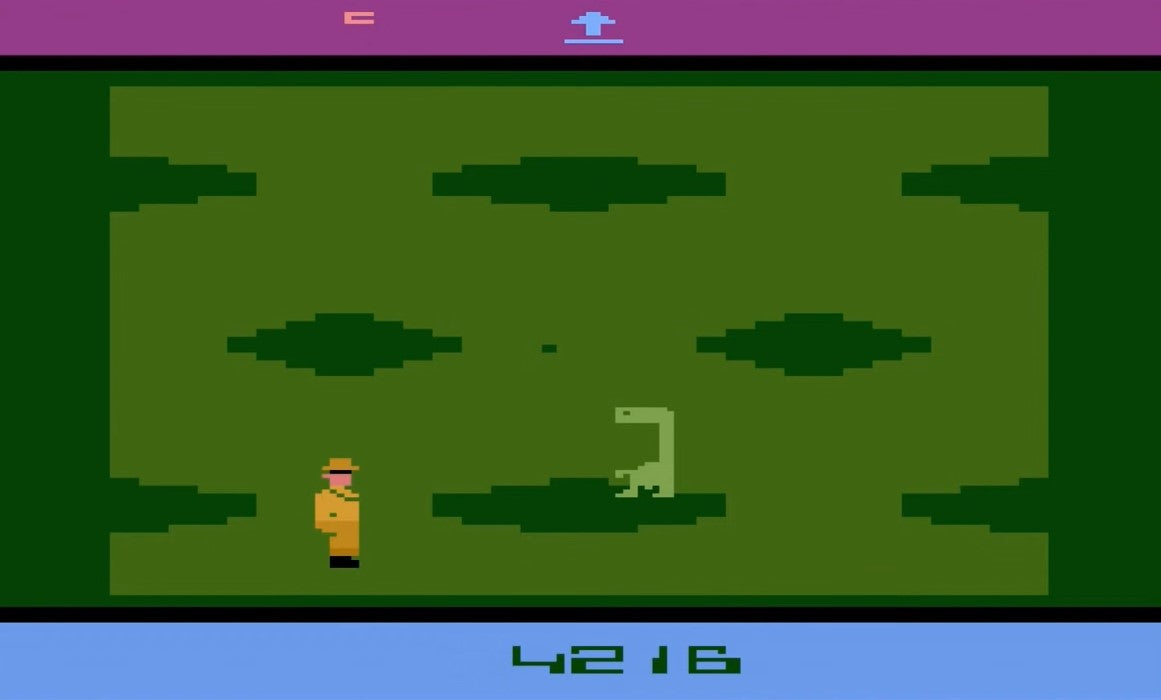
3. Retailer Backlash & The Death of Trust
Because of poor sales, retailers were stuck with unsold inventory. Stores began heavily discounting games, making it impossible for companies to turn a profit. Eventually, retailers stopped ordering new stock, creating a downward spiral for game companies.
4. The Rise of Home Computers
At the same time, affordable home computers like the Commodore 64 and Apple II were gaining popularity. Unlike consoles, these computers offered more functionality beyond gaming, leading parents to see them as a better investment. This shift further eroded consumer interest in home consoles.
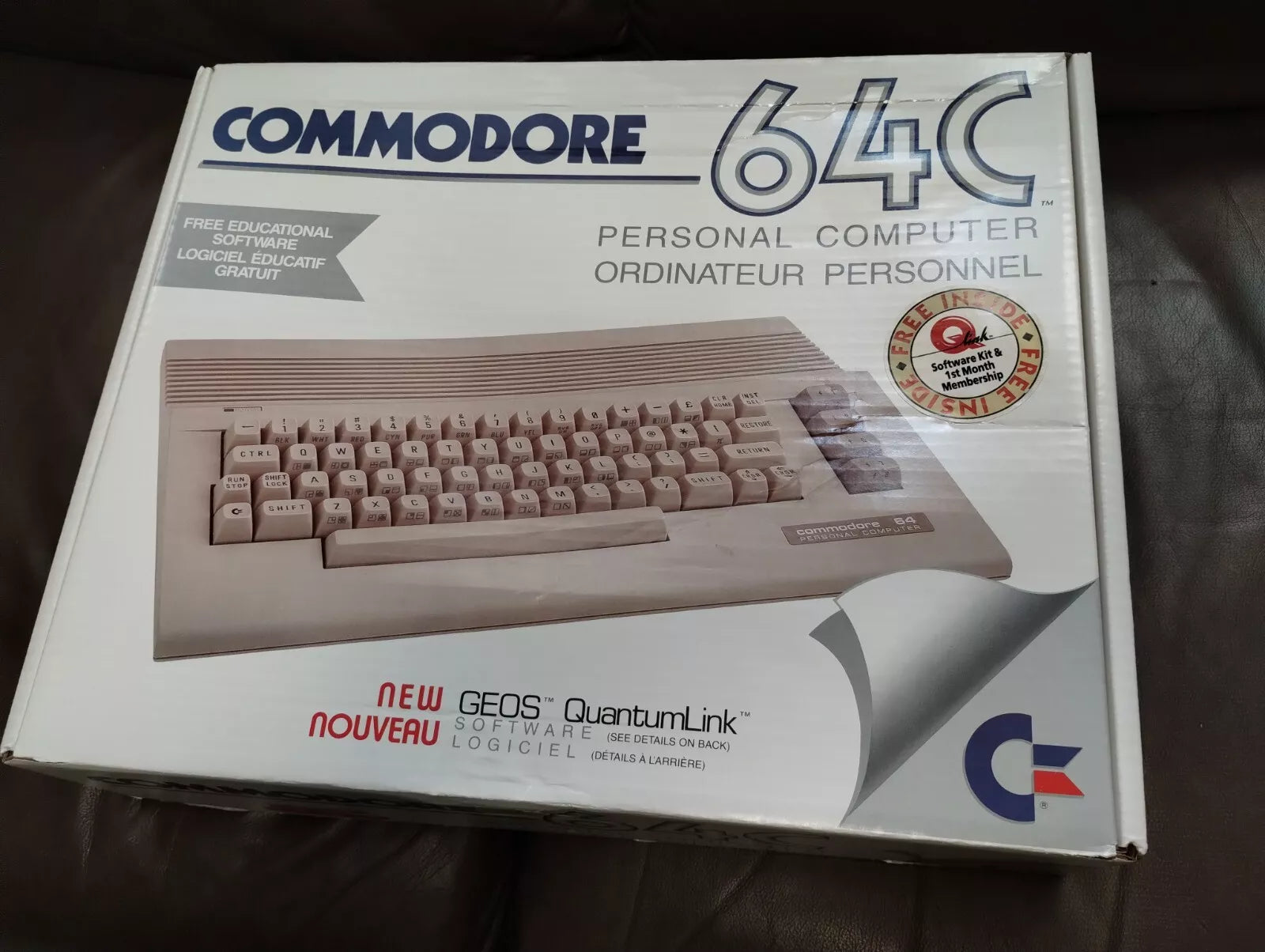
The Aftermath: How Bad Was the Crash?
- The video game industry lost over $3 billion between 1983 and 1985.
- Major companies like Atari, Mattel, and Coleco either shut down or pivoted away from gaming.
- Thousands of unsold cartridges were famously buried in a landfill in Alamogordo, New Mexico—a moment that became a legend until the site was excavated in 2014.
- Investors lost confidence in gaming, and the industry was seen as a fad that had died.

The Comeback: How Nintendo Saved the Gaming Industry
Just when it seemed like the gaming industry was dead, Nintendo changed everything. The Nintendo Entertainment System (NES) launched in 1985, bringing innovation and restoring consumer trust.
Nintendo’s Key Moves That Revived Gaming:
- Strict Quality Control – Nintendo introduced the Nintendo Seal of Quality, ensuring that all NES games met high standards.
- New Business Model – Unlike Atari, Nintendo controlled third-party developers, ensuring higher quality games.
- Iconic Games – The NES brought classics like Super Mario Bros., The Legend of Zelda, and Metroid, reigniting player excitement.
The success of the NES revived the industry and set the foundation for the modern gaming market we know today.
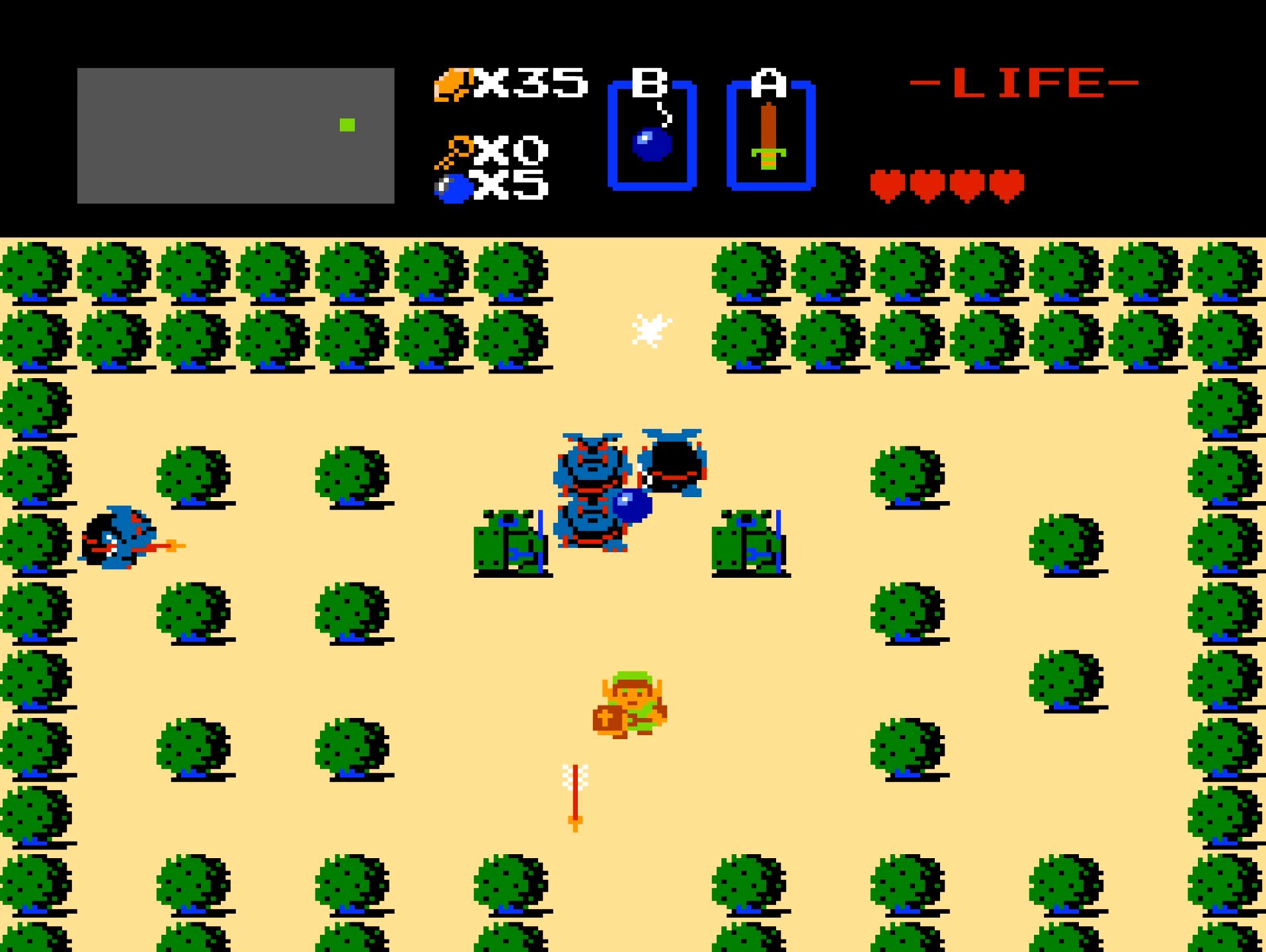
Conclusion: The Crash That Changed Gaming Forever
The Video Game Crash of 1983 was a wake-up call for the gaming industry. While it nearly destroyed the market, it also paved the way for a more structured, consumer-friendly industry. Thanks to Nintendo’s revival, gaming not only survived but thrived, evolving into the $200 billion industry we see today.
Sources & Further Reading
- Nintendo's official History Page & Nintendo's Historical Financials.
- Atari's official history page.
- NYTimes deepdive article on 1983
- Electronic Games Magazine (Winter Issue 1981), (Issue March 1982) (Issue January 1983), (Issue January 1984)
- Mattel's official history page.
- Market Data ($200 billion industry)
Want to Go Deeper Into Arcade History?
- What Makes an Arcade Game Great? – A deep dive into the design principles behind the most unforgettable cabinets of all time
- Inside the Metal Slug Legacy: The Developers Who Made It a Classic – How a small team at Nazca crafted one of the most iconic run-and-gun series of all time..
- The Complete History of Mortal Kombat Arcade – How a gritty fighter became a pop culture phenomenon.
- Capcom’s 19XX Series: The Complete History – The vertical shooters that defined a generation of arcade firepower.
- The History of Beat ’Em Up Arcade Games – From Double Dragon to Final Fight, here’s how brawlers ruled the late ’80s.
- The Complete History of Space Shooter Arcade Games – The genre that launched arcades into orbit.
- The King of Fighters Legacy: Inside SNK’s Genre-Defining Saga – How SNK’s 3v3 fighter evolved from a crossover gamble into one of the deepest and most beloved fighting franchises in the world.
FAQ
What were the main causes of the video game crash?
The crash resulted from several factors, including the flood of poor-quality games, competition from personal computers, lack of quality control, and oversaturation of the market with games and consoles.
How did the crash impact the gaming industry?
The crash led to a significant decline in consumer interest, retail closures, and even the bankruptcy of major companies like Atari. Many industry players lost revenue and jobs, causing a widespread loss of confidence in the industry's viability.
Which companies were most affected by the crash?
Atari was particularly hard-hit, suffering financial losses due to the unsold inventory of the E.T. game. Other companies, including Magnavox and Coleco, also suffered financial setbacks.
Were there any factors beyond market saturation that contributed to the crash?
Alongside market saturation, factors like the glut of unlicensed games and the lack of standardized hardware and software contributed to the crash.
How did the crash lead to the bankruptcy of some major game companies?
The crash caused the bankruptcy of several game companies, with Atari being the most prominent example. Atari's financial struggles marked a turning point in the industry and led to its eventual sale.
How did the crash affect the perception of video games in popular culture?
The crash tarnished the reputation of video games in the public eye. Media coverage of Atari's landfilling of unsold E.T. cartridges became symbolic of the industry's failure.
What were the long-term consequences of the video game crash?
- The crash resulted in a temporary decline in video game sales, prolonged absence of major console releases, and regulatory changes such as the creation of the Entertainment Software Association (ESA).
How did the industry recover from the crash and pave the way for the modern gaming landscape?
The crash led to a recalibration of the industry, emphasizing quality over quantity. Nintendo's NES, released in 1985, played a pivotal role in revitalizing the market and establishing stricter quality standards, laying the foundation for the thriving video game industry of today.
